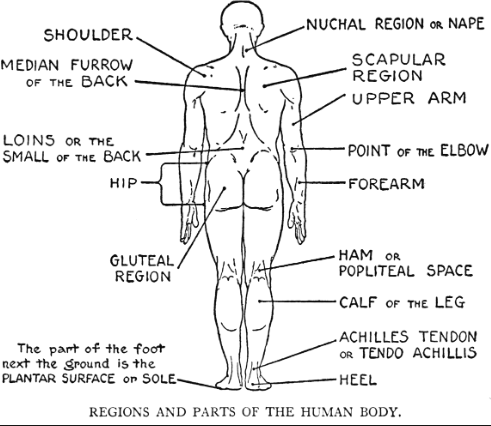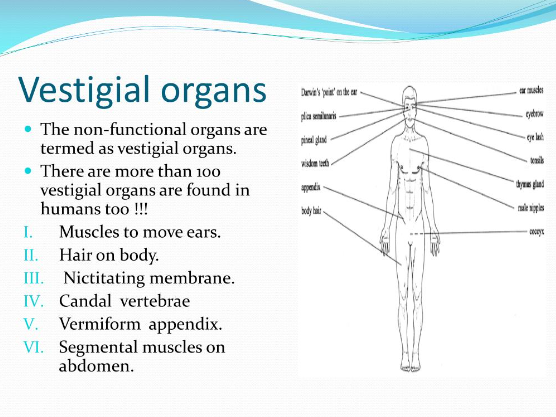Exploring the Anatomy of Loin on a Human: Function and Importance
The human body is a complex and fascinating organism composed of various organs and systems. One area of interest is the loins, which holds significance in both anatomical and cultural contexts. In this article, we will delve into the anatomy of loins on a human, understanding their function, location, and importance. Join us on this informative journey as we uncover the mysteries surrounding the loins.

Regions and parts of the human body
I. Understanding the Loin Area
1. Definition of Loin: The loins refer to the lower part of the back, specifically the region between the ribs and the pelvis. It encompasses an area on both sides of the spine and plays a crucial role in supporting the upper body.
2. Location of the Loin Area: The loin area is situated between the lower ribs and the pelvis, extending from the sides of the spine to the hips. It encompasses the lumbar region of the vertebral column.
II. Anatomy of the Loin Area
1. Muscles in the Loin Area: The loin area is primarily composed of muscles that provide support and facilitate movement. Key muscles in this region include:
a) Quadratus Lumborum: This muscle plays a significant role in trunk stabilization and side bending of the spine.
b) Psoas Major: The psoas major muscle is responsible for flexing the hip joint and plays a role in posture and walking.
c) Erector Spinae: This group of muscles runs along the length of the spine and helps maintain the upright posture of the body.
2. Structure of the Lumbar Spine: The lumbar spine, located in the loin area, consists of five vertebrae (L1-L5). It provides support for the upper body, protects the spinal cord, and allows for flexibility and movement.
III. Function of the Loin Area
1. Support and Stability: The loins play a crucial role in providing support and stability to the upper body. The muscles in this area help maintain posture and allow for movements such as bending, twisting, and lifting.
2. Protection of Internal Organs: The loins, along with the lumbar spine, provide protection to vital organs, including the kidneys, intestines, and reproductive organs.
IV. Cultural Significance
1. Symbolism in Language and Culture: The term "loins" is often used metaphorically to represent strength, power, and vitality. It has cultural and symbolic associations in various contexts, including literature, religion, and art.
2. Biblical References: The mention of "loins" can be found in religious texts, where it is associated with procreation, strength, and the source of life.
V. Comparing the Loin Area with Other Body Regions
To better understand the significance of the loins, let's compare them with other body regions:
| Body Region | Function | Example |
|---|---|---|
| Loin Area | Support, stability, protection | Quadratus lumborum, psoas major |
| Thoracic Region | Protecting vital organs | Rib cage, thoracic vertebrae |
| Abdominal Region | Digestive processes, organ protection | Stomach, liver, intestines |
| Pelvic Region | Reproductive and urinary functions | Pelvic bones, bladder, uterus |

Vestigisl organs
The loins, located in the lower back, are an integral part of the human body. Comprised of muscles and the lumbar spine, they provide support, stability, and protection to internal organs. Beyond their anatomical significance, the loins hold cultural and symbolic value in various contexts. Understanding the anatomy and function of the loins enhances our knowledge of the human body and its intricate design. So, next time you feel the strength and stability in your lower back, appreciate the vital role played by the loins.